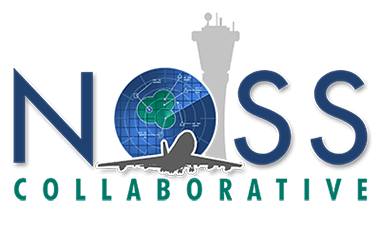Case Studies
Pilot / Controller Communications – Setting The Standard
Context
Anecdotal reports indicated that two similar sector groups within the same ACC had drastically different standards of communication practices. Specifically, Group A was believed to adhere to prescribed communication standards, while Group B was reputed to employ more slack standards (i.e. they were the “cowboys”).

NOSS Finding
: The anecdotal reports were confirmed – far more communication errors were noted in Group B (non-standard phraseology, call sign truncation, readback/hearback errors) than in Group A. Interestingly, however, significantly more communication threats (incomplete readbacks, call sign omission / truncation & non-standard phraseology) were observed from pilots operating in Group B, even though the same operators and often the same flights were operating in both Groups. The observers from both Groups were surprised that the communication standards employed by the same pilots were of a high standard while operating in Group A and decidedly lower while operating in Group B.
Discussion & Response to findings
Given that the same pilots employed different communication standards in the two Groups, it was concluded that controllers were setting the tone for acceptable practices. Group A controllers used standard phraseology, full call signs and challenged many of the incomplete readbacks that did occur. It was believed that this high standard of communication practices set the tone for pilots – having heard the controller use crisp phraseology and challenge incomplete readbacks, pilots employed better communication practices. Conversely, Group B controllers set a lower standard of communication practices, which in turn elicited a lower standard from pilots. The implication of this finding is that one way to improve pilot communication standards is for controllers to set the tone by employing a high standard and to challenge incomplete readbacks.

